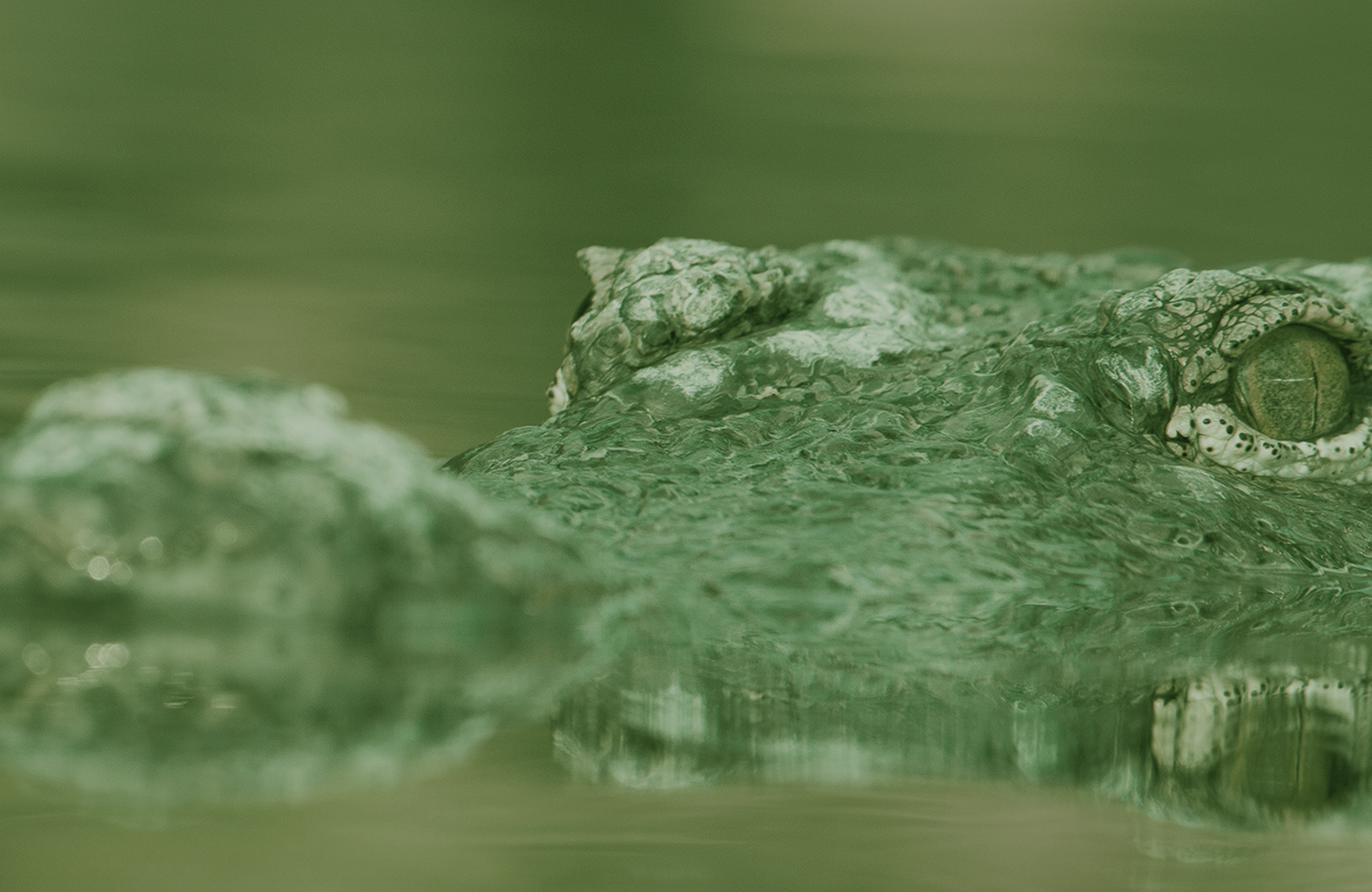Estimating the financial value of trade in CITES species can highlight the importance of sustainable use by making the contribution of legal trade to national economies and livelihoods more explicit. The financial value of EU imports and exports of CITES-listed animal and plant species is estimated in this section. To calculate the value of relevant 2014 imports to the EU, we build on a methodology developed by UNEP-WCMC for the 2010 Analysis report. For the 2014 Analysis, this methodology has been updated to include price data at a finer taxonomic resolution, and include plants for the first time. The sources of price data for plants and animals differ and will therefore be discussed separately in this section, as they are not directly comparable. In addition, as financial values for animals have been calculated using an updated methodology, caution should be used when comparing 2014 values with previous years.
The value of EU imports of CITES-listed animals in 2014 (excluding caviar extract was estimated at USD717 million (~EUR641 million), whilst the value of EU exports (including re-exports) was estimated at almost double that value; approximately USD1.2 billion (~EUR1.1 billion). The commodities with the highest overall trade value were leather products, garments and skins, and this was true for both imports and exports. The top ten exporters of CITES listed animals to the EU made up over 81% of the total import value, each with between over USD 14 million and USD 159 million of exports each. Four of these countries (United States, China, Australia and Indonesia) are “megadiversity” countries.
The value of EU imports of CITES-listed plants in 2014 was estimated at USD286 million (~EUR261 million), with EU exports (including re-exports) estimated at less than half of that, at approximately USD102 million (~EUR91 million). The import commodities with the highest overall trade value were live plants, bark and timber. The export commodities with the highest overall trade value were carvings and live plants, followed by wax of Euphorbia antisyphilitica (Candelilla). The top 10 exporters of CITES listed plant commodities to the EU made up over 85% of the total import value, exporting between USD8 million and USD98 million each.
METHODOLOGY
To estimate the value of EU trade in CITES-listed species, specific values for taxon/term/unit/source,[1] combinations were gathered from United States annual reports to CITES (animals) and online commerce websites (plants), and multiplied by the corresponding 2014 EU-reported trade volume (as recorded in the CITES Trade Database). Some combinations of taxon/term/unit/source could not be assigned a price and the exclusion of these trade records may reduce the overall estimated value of EU trade. In addition, other median values will be high based on several reports of extremely high values and a lower number of records; for example, of six reported prices for live wild Ursus arctos (Brown bear), four were over USD$500 000, whilst two were around USD$2000. Finally, the different sources of price data mean that plant and animal values are not comparable, as the animal prices reflect actual price when the international trade took place, whereas the plant prices reflect the sales price to final consumers which will include, for example, a profit margin for the importer. The figures should therefore be interpreted with some caution. Further details of the methodology, along with caveats to this approach, can be found here.


